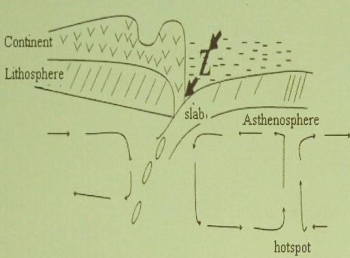A Level Geography Quiz 2015 Part 1
15 QuestionsQuiz Description
Geography is a science that deals with the earth and its life; especially the description of the land, sea, air and the distribution of plant and animal life including man and his industries with reference to the mutual relations of these diverse elements.
Being one of the main subjects treated at the advanced level, geography has a broad syllabus. It has been set up into 2 main sections which are physical and human geography. During the CGCE examination, each student is expected to have a mastery of each of the sections which is often impossible for some students and for a student to have this mastery, it is imperative for he/she to answer as many questions as possible
To provide students with these resources, we have designed a quiz which. This quiz is based on the aspect of physical geography and some of the topics one might encounter include
Good luck!!!
How best canwe describe a situation where within the water year, evaporation exceeds precipitation?
What is the largest store of fresh water in the land phase of the global hydrological
cycle?
After a four month period of dry season from November to February in the Western Highlands,
the rains began falling again in March. Precipitation in March however, exceeded the amount of evapotranspiration. Which of the following was the most significant hydrological process occurring in the soil in March?
One of these is an exception to the factors that account for the variation in pressure differences from one region to another. Isolate the exception
All of the following factors except one influence the climate of any given place. Pick out
the odd factor
The latitudinal zone on the earth’s surface which receives the lowest yearly amount of precipitation is
it is an appropriate description of the equatorial or tropical rainforest climate
The following are all reasons which explain the tendency for large industrial cities to
experience higher average temperatures and annual precipitation than rural areas except one. Which is the exception?
Which of the following statements about the formation and movement of tropical cyclones is
NOT true?
A steep-sided volcano formed by the Accumulation of solid or pyroclastic materials is
referred to as:
From which of the following zones in the earth s interior is the energy for crustal movements
derived?
The processes occur both at constructive and destructive margins except one. Which is this
exception?
All of the following except one account for the high intensity of chemical weathering in the humid tropics. Which is the exception?
Some 30 years ago, the electricity company planted electricity poles on fairly steep slopes to carry the high tension cables that brought light to the remote mountain village of Baku . At present, the company has observed that the electricity poles are leaning and tilted from the vertical and needed to be straightened. Which of the following mass movement must have affected the poles over time?



